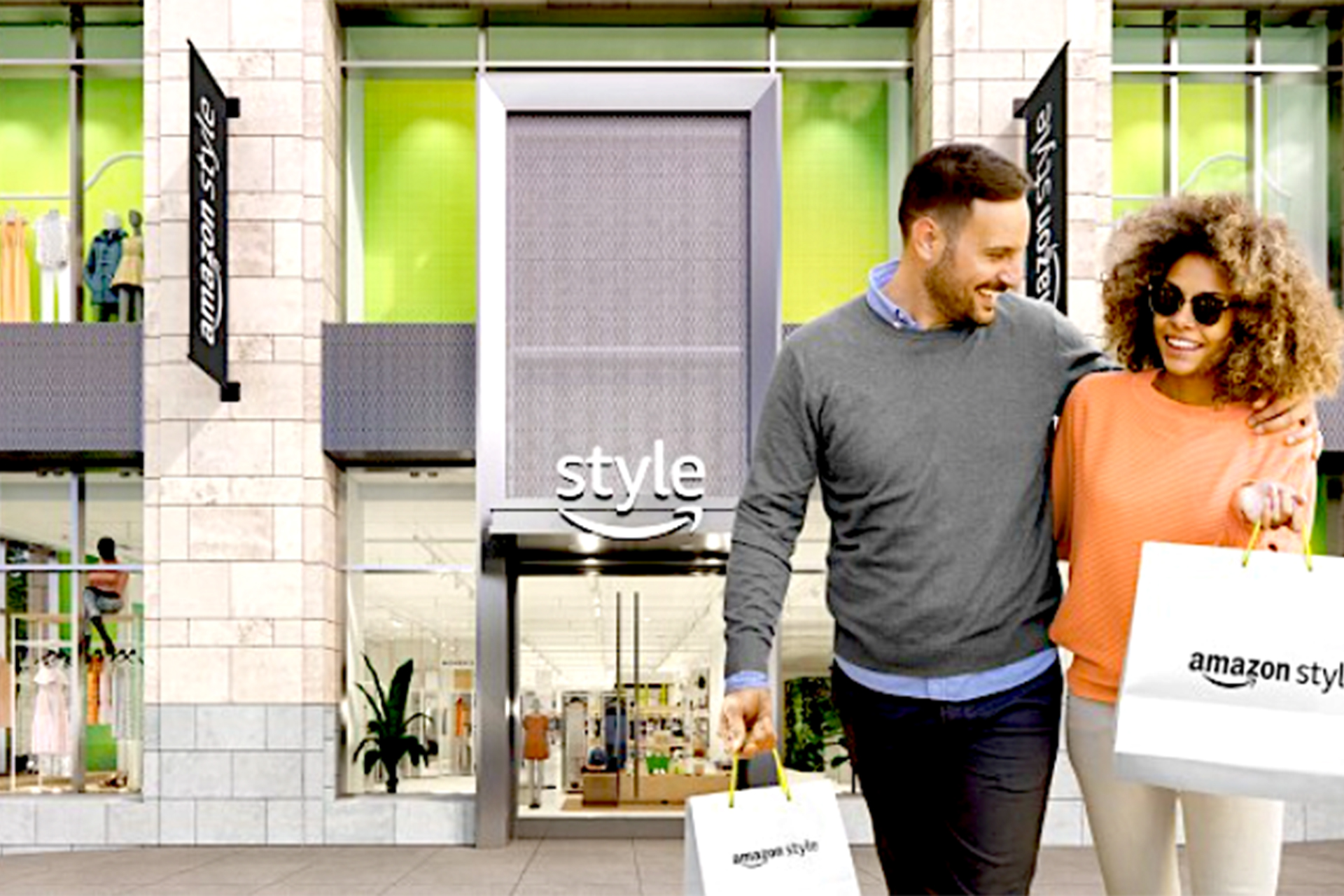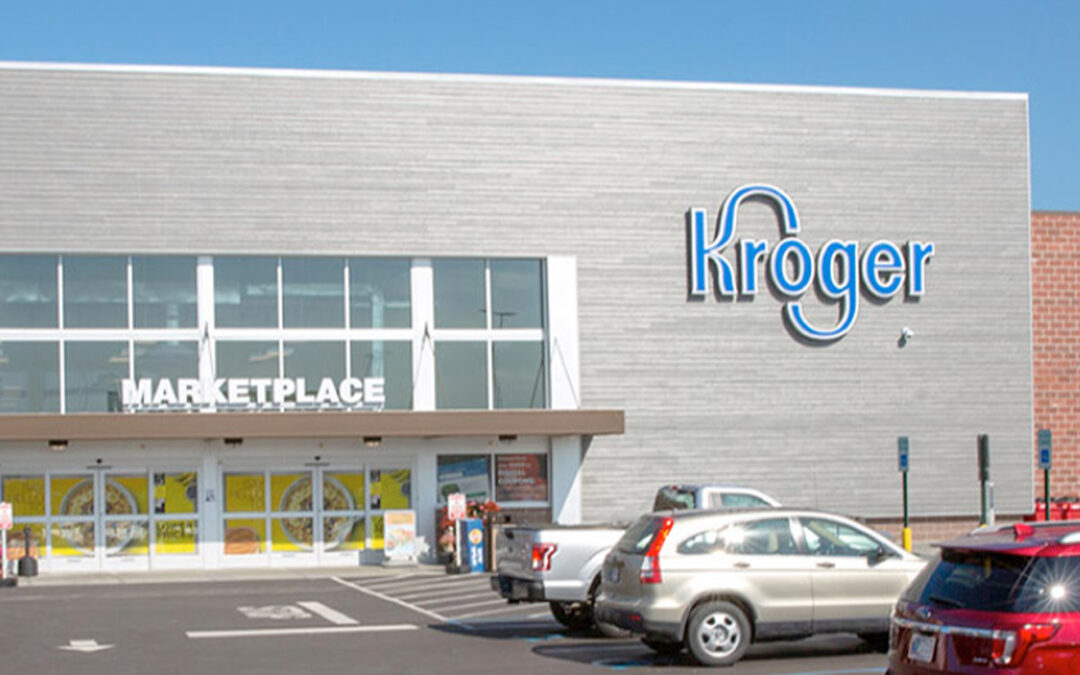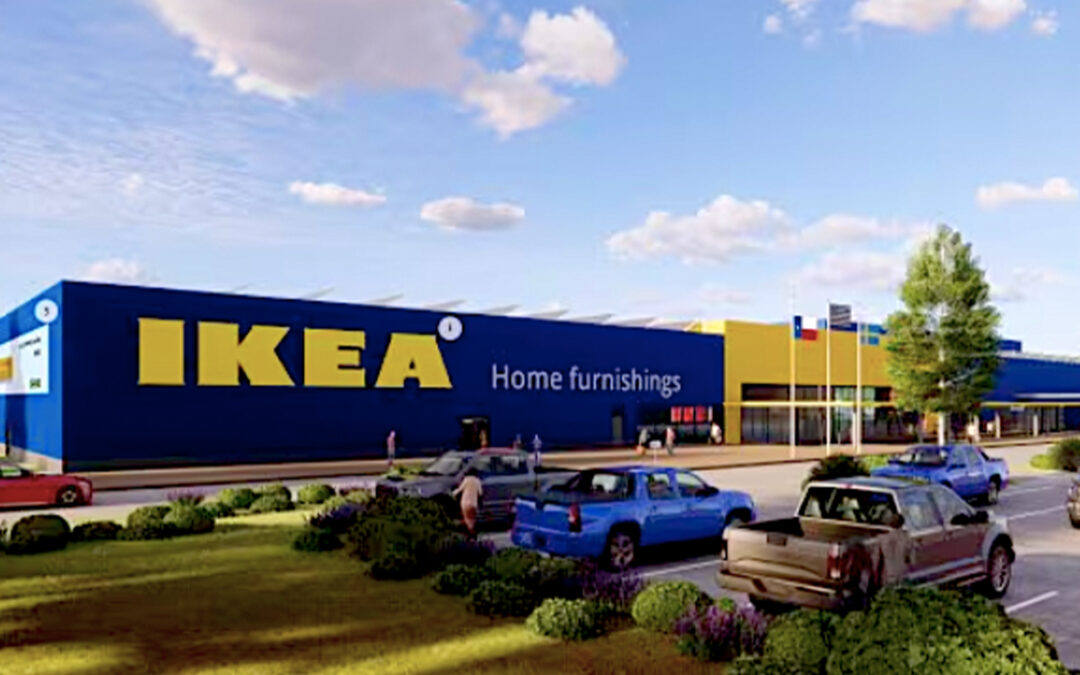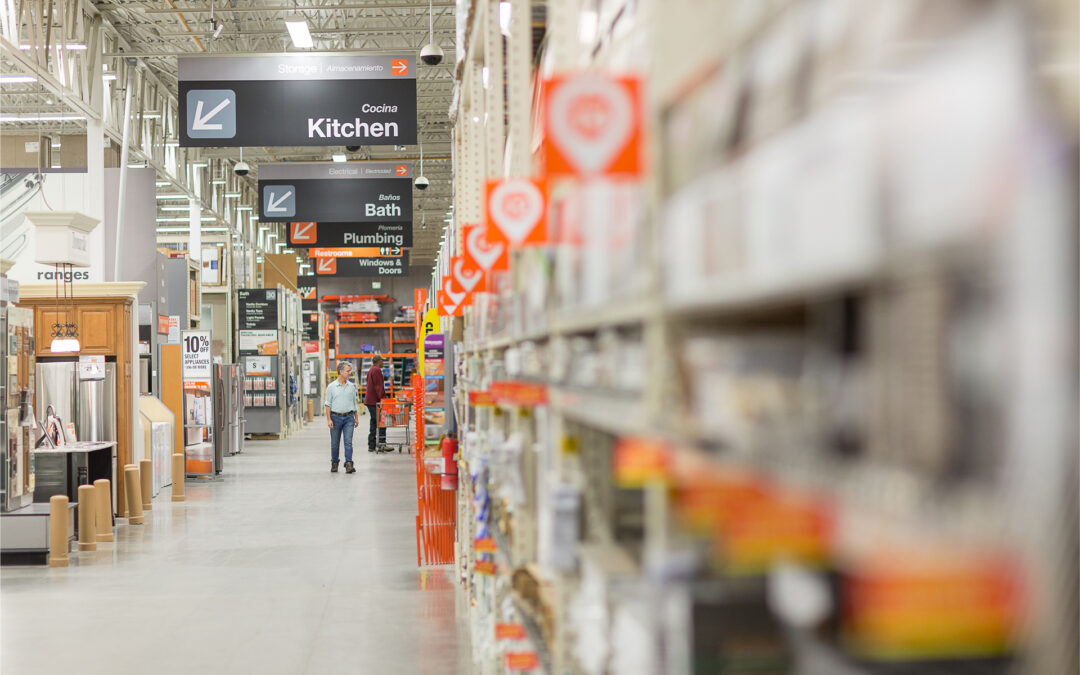Quietly, to the extent that it does anything quietly, Amazon is moving to establish its second technology-driven retail revolution, apparent in its launch of the Style physical store format.
Amazon led the e-commerce revolution, and now is experimenting to find the right formula that will facilitate its overturning of physical retail’s operational order. The company is anxious enough to do this that it already is partnering with other retailers to advance consumer acceptance of its technology-led reordering of how they shop.
The Amazon Style store will open later this year at The Americana at Brand mall, in Glendale, CA. The focus is on apparel, but the category of merchandise sold is almost beyond the point. The application of technology is what truly differentiates the shopping experience. Consumers can use the Amazon Shopping app to scan an item’s QR code to receive a presentation of product sizes, colors, customer ratings and other product details. They can continue shopping without leaving the fitting room. With the tap of a button on a mounted screen, customers in a fitting room can add any item that will be delivered to them as they try on clothes. If they don’t need to try on additional items, as they might simply want a different color in an item they tried on, they can have their choice sent directly to a pickup/checkout counter. Consumers even can have merchandise delivered to Amazon Style so they can try it on. Items scanned at Amazon Style are conveniently saved in the Amazon Shopping app, making it easy to revisit and purchase at a later time or easily find more items online from the new brands discovered in the store.
In applying the technology, Amazon will offer more products attractively merchandised in limited space while giving customers more choice in terms of particulars The idea is just as easily applied to a blender: The floor model demonstrates the features, then the app link allows the shoppers to choose from an array of colors stocked in the back for delivery to the store checkout or home. Shoppers also can make changes based on price and capabilities, for example, stepping up from one model in a brand assortment to a similar but higher-powered model.
Amazon emphasizes that Style is built around personalization. Machine learning algorithms produce tailored, real-time recommendations for each customer as they shop. So customers can browse the store and scan items that catch their eye. Amazon can use that information to recommend products that suit their preferences, as interpreted by the retailer, just as it does online. For an even more personalized experience, customers can share information on style, fit and other specific characteristics to receive more refined recommendations. Amazon will even feed shoppers customized deals through the app while they cruise the Style sales floor. Even after shoppers leave the store, Amazon isn’t done. It saves items scanned at Amazon Style in the shopping app, so consumers can revisit them online and buy at a later time or easily find related items from the new brands encountered in the store for potential purchase. Amazon hasn’t related how all the ways it could use the store visit information that it acquires via the shopping app, but it certainly will apply the data in refining its approach to the customer online, whether via customized messaging, direct marketing initiatives or both.
Amazon intends to leverage the strength of its fulfillment system to update the Style product assortment frequently, ensuring that consumers can discover new items each time they visit.
Although observers have been awaiting another major physical retail play after its acquisition of Whole Foods Market, Amazon has been taking a measured, deliberate approach to bricks and mortar operations as it tests and refines tech-enabled retail in its own store formats such as Amazon Fresh, Amazon Go as well as those of other operators. Its recent partnership with Hudson demonstrates that it will share technology at least with largely non-competitive retailers. The deal with Hudson does something else besides expanding a new revenue stream, it brings a particular technology, Amazon One, to airports. At Hudson airport stores, the palm-scan checkout technology will reside in a heavy traffic environment where consumers are used to seeing new technology applied and may be inclined to give something like Amazon One a try.
Amazon led the e-commerce revolution a couple of decades or so ago, and by all appearances, it is poised to champion sweeping changes to how consumers shop in physical stores. It’s just working out the details.





